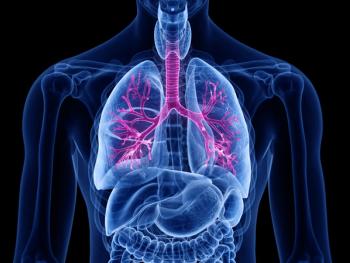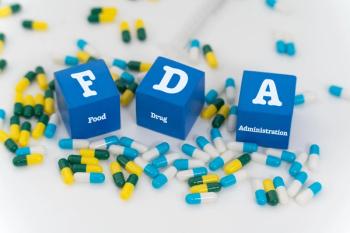
Antithrombotic therapy to prevent migraine attacks after ASD closure
Clopidogrel therapy can make a difference after ASD closures.
Anna GarrettNew-onset migraine attacks are reported by about 15% of patients after transcatheter atrial septal defect (ASD) closure. Since migraine attacks are linked to a number of mechanisms (e.g., platelet dysfunction, coagulation disorders, activation of vasoactive substances, and inflammatory cytokines), therapeutic approaches have differed.
A Canadian study of 171 patients (mean age, 49; 62% women) received aspirin (80 mg/day) plus either placebo or clopidogrel (75 mg/day). During the three months following ASD closure, the primary efficacy outcome (monthly number of migraine days) was significantly lower in patients treated with clopidogrel rather than placebo (mean, 0.4 vs. 1.4). Migraine incidence (9.5% vs. 21.8%) and severity (0% vs. 37% had moderately or severely disabling attacks), were also significantly lower with clopidogrel. Attacks became less frequent over time in both groups. There was one case of transient ischemic attack in the placebo group.
Source: Rodés-Cabau J,Horlick E, Ibrahim R, et al. Effect of clopidogrel and aspirin vs. aspirin alone on migraine headaches after transcatheter atrial septal defect closure. JAMA. 2015;314(20):2147–2154.
AF increases risk of death for women
Although previous smaller studies have reported conflicting findings about whether atrial fibrillation (AF) is more detrimental to the health of women rather than of men, a new meta-analysis detected a definite gender difference.
The authors identified 30 studies with 4.37 million participants, 66,511 of whom had AF. The participants had a mean age of 45 to 83 and were followed from one to 26 years. Each study adjusted the outcomes for age. Most also adjusted for multiple other CV risk factors, including hypertension, smoking, and diabetes.
The study showed that AF was associated with a 12% greater risk of all-cause mortality in women compared with men in a one- to 26-year follow-up. It was also linked with an almost twofold higher risk of stroke and cardiovascular mortality in women compared to men.
This meta-analysis adds to the growing body of evidence showing that women have a disproportionate risk of adverse events from CVD risk factors such as smoking and diabetes.
Source: Emdin CA, Wong, CX, Hsiao AJ, et al. Atrial fibrillation as risk factor for cardiovascular disease and death in women compared with men: Systematic review and meta-analysis of cohort studies. BMJ 2016;352:h7013.
Hormone therapy does not increase risk of recurrent VTE in women on anticoagulation
Women receiving vitamin K antagonists (VKAs) require adequate contraception because of the potential for birth defects.
It is unknown whether the use of hormonal therapy, especially therapies containing estrogens, is associated with recurrent venous thromboembolism (VTE) during anticoagulation. Despite the absence of data, World Health Organization guidelines state that use of estrogen-containing contraceptives confers an "unacceptable health risk" during established anticoagulation for VTE.
A recent study compared the incidences of recurrent VTE and abnormal uterine bleeding with and without concomitant hormonal therapy in women <60 years of age who were receiving anticoagulation with rivaroxaban or enoxaparin/VKA for confirmed VTE.
In total, 1,888 women were included. VTE incidence-densities “on” and “off” hormonal therapy were 3.7%/year and 4.7%/year, respectively, and were 3.7%/year and 3.8%/year, respectively, for estrogen-containing and progestin-only therapy. The adjusted hazard ratio for all abnormal uterine bleeding was 1.02. Abnormal uterine bleeding occurred more frequently with rivaroxaban than with enoxaparin/VKA (HR 2.13). Hormonal therapy was not associated with an increased risk of recurrent VTE in women receiving therapeutic anticoagulation. The reason for the increased risk of abnormal uterine bleeding with rivaroxaban is not clear and needs further exploration.
Source: Martinelli I, Lensing AWA, Middeldorp S, et al. Recurrent venous thromboembolism and abnormal uterine bleeding with anticoagulant and hormone therapy use. Blood 2015. Published online before print Dec 23, 2015. http://bit.ly/blood20151222
Newsletter
Pharmacy practice is always changing. Stay ahead of the curve with the Drug Topics newsletter and get the latest drug information, industry trends, and patient care tips.













































































































































































































